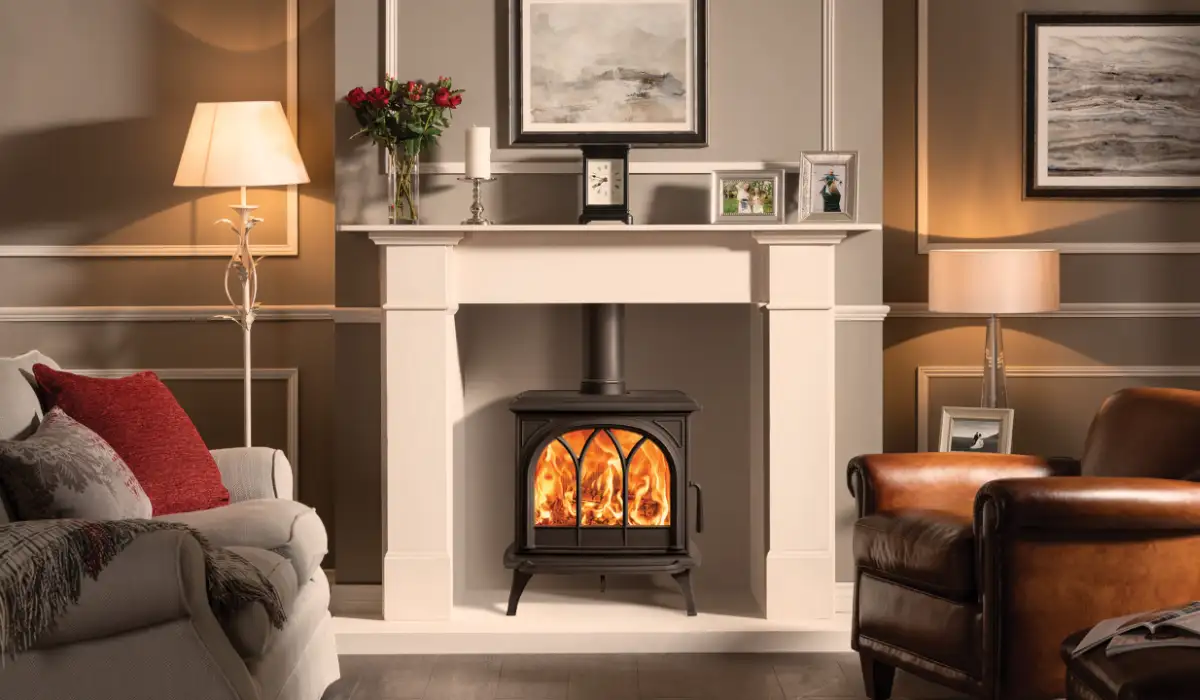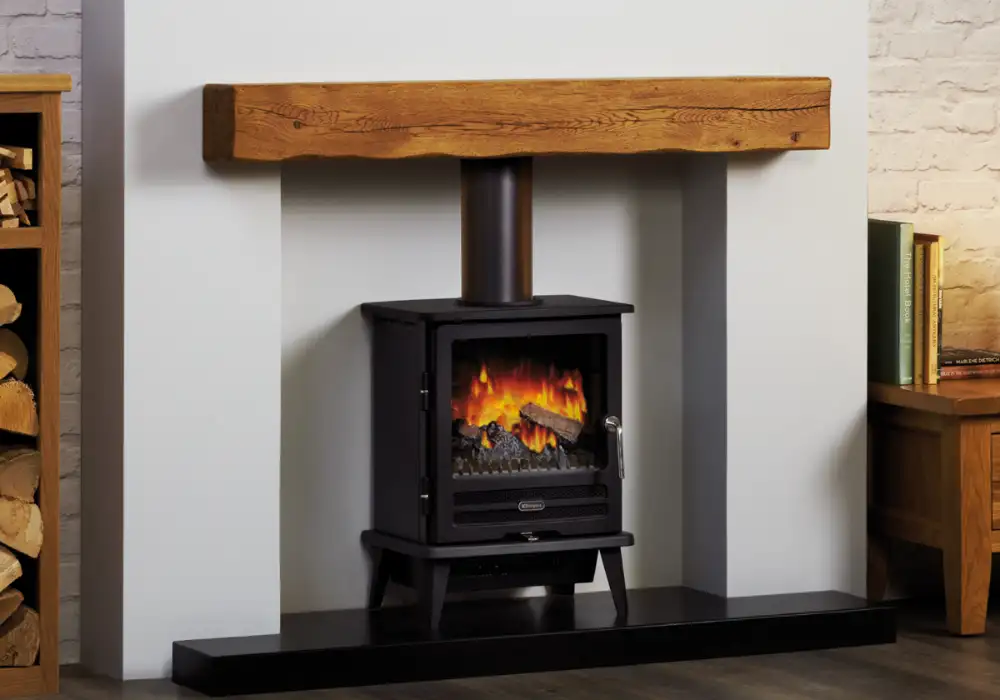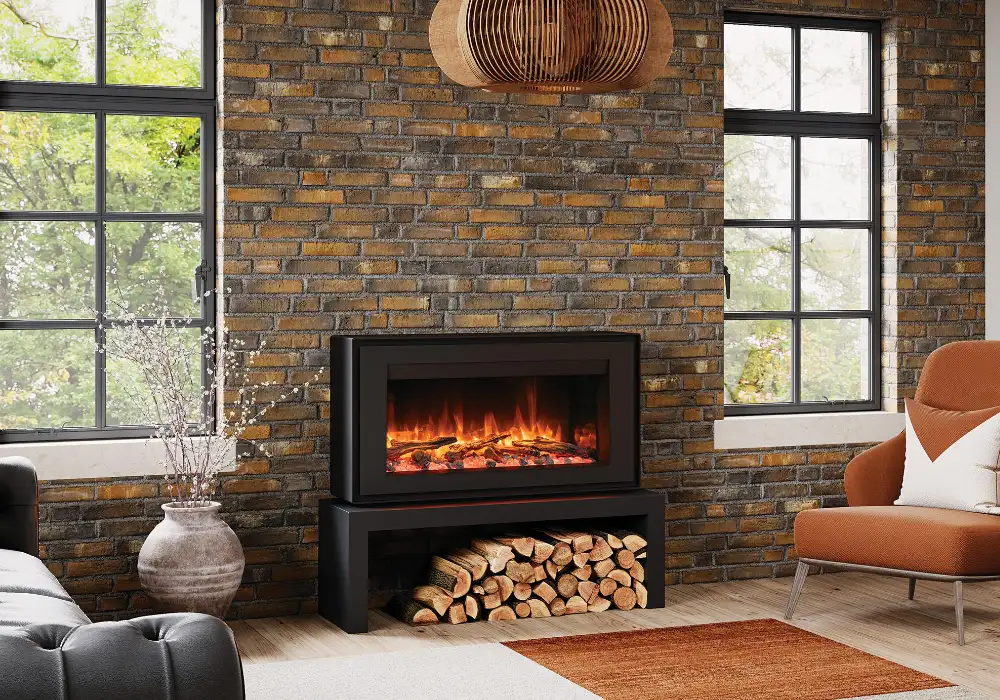The Environmental Benefits of Switching to a Wood-Burning Stove
In recent years, the environmental impact of our everyday choices has become a growing concern. As we look for sustainable alternatives to fossil fuels, many homeowners turn to wood-burning stoves as an eco-friendly way to heat their homes. Not only do these stoves provide warmth and charm, but they also offer significant environmental benefits. Switching to a wood-burning stove can reduce your carbon footprint, use renewable energy, and promote a more sustainable lifestyle.
Carbon Neutral Heating
One key environmental benefit of wood-burning stoves is their carbon neutrality. Unlike fossil fuels, which release carbon dioxide trapped underground for millions of years, burning wood releases only the amount of CO2 the tree absorbed during its lifetime. This means that when managed responsibly, wood-burning stoves do not contribute to an overall increase in atmospheric carbon levels.
Moreover, the process becomes cyclical if the wood is sourced from sustainably managed forests, where trees are replanted to replace those harvested. In this way, the carbon footprint of using a wood-burning stove is significantly smaller than heating methods reliant on gas, oil, or coal.
Renewable Energy Source
Another environmental advantage of wood-burning stoves is their reliance on a renewable resource. Trees can be replanted and grown relatively quickly compared to fossil fuels, which take millions of years to form. By choosing wood as your heating fuel, you are tapping into a resource that, when managed responsibly, can be sustained indefinitely.
In addition, many homeowners can source wood locally, reducing the transportation energy needed to deliver fuel. This supports local forestry industries and reduces the carbon emissions from transporting fuel over long distances.
Lower Energy Consumption
Wood-burning stoves are highly efficient, especially compared to traditional open fireplaces. Modern wood stoves can convert up to 80% of the energy in the wood into heat. This means that less fuel is needed to achieve the same level of warmth, reducing the demand for power and the environmental impact of heating your home.
Furthermore, wood-burning stoves allow for more targeted heating. You can use your stove to heat the rooms you use the most, reducing the need to rely on central heating systems that consume more energy to heat the entire house. As a result, wood-burning stoves offer a more efficient way to stay warm while using less fuel.
Reduction in Fossil Fuel Dependence
Every time you light a wood-burning stove, you are choosing to rely less on fossil fuels, which are finite and environmentally damaging resources. When burned, gas, oil, and coal release significant amounts of CO2 and other harmful pollutants, contributing to climate change and air pollution. By switching to wood, a renewable and carbon-neutral resource, you are actively reducing your dependence on fossil fuels.
As the global energy demand continues to rise, reducing our reliance on nonrenewable resources is critical for ensuring a sustainable future. Wood-burning stoves are essential in this transition, offering homeowners a cleaner, greener alternative to traditional heating methods.
Minimised Environmental Impact with Proper Use
While wood-burning stoves are environmentally friendly, they must be appropriately used to maximise their benefits. Choosing sustainably sourced wood is essential to maintaining your stove’s carbon neutrality. Opt for hardwoods, like oak or ash, which burn longer and produce more heat than softwoods. Additionally, ensure the wood is well-seasoned or dried, as burning wet wood leads to inefficient combustion and higher emissions.
Moreover, modern wood stoves are designed to minimise emissions, with advanced combustion technologies producing fewer particulates and pollutants than older models. When used correctly, a contemporary wood-burning stove can provide an environmentally friendly heating solution that benefits your home and the planet.
Reduction in Waste and Support for the Circular Economy
Another often-overlooked environmental benefit of wood-burning stoves is their ability to use waste wood. Wood that is unsuitable for construction or furniture-making, such as offcuts or fallen branches, can still be an excellent fuel source. Utilising this waste wood can reduce the amount of material sent to landfills while also providing heat for your home.
Additionally, you are contributing to a circular economy by supporting local wood suppliers and recycling wood waste. This approach ensures that resources are used efficiently and sustainably, reducing the environmental impact of logging and supporting local ecosystems.
A Practical Way to Keep Your Home Warm
Switching to a wood-burning stove is a practical way to keep your home warm and a step towards a more sustainable lifestyle. Using a renewable, carbon-neutral resource like wood can reduce your dependence on fossil fuels, cut carbon emissions, and promote a more eco-friendly heating solution. When combined with responsible wood sourcing and modern stove technology, the environmental benefits of wood-burning stoves become clear. For homeowners looking to reduce their ecological impact, wood-burning stoves offer a greener, more sustainable way to heat their homes while enjoying the timeless appeal of a real fire.





